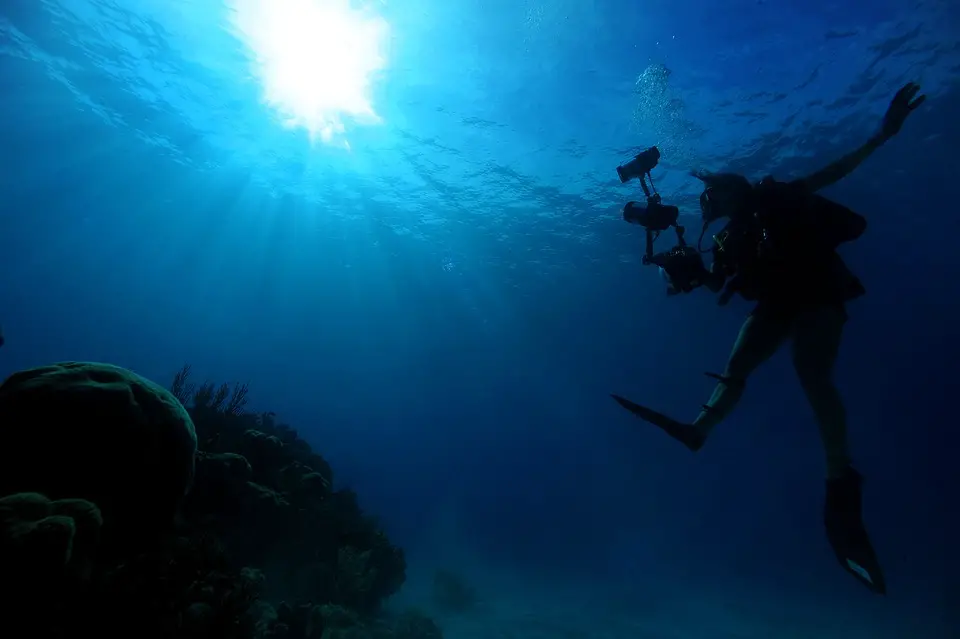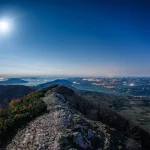As Morski writes, a team from the Archaeological Museum of Istria in the City of Pula is currently conducting underwater archaeological research in the area of the old Barbariga beach, more precisely at the location of the Roman port. The leader of the research is Dr. Ida Koncani Uhac.
What is of great interest to this team of underwater archaeologists are the remains of an ancient pice of harbour equipment lying in the waters of Barbariga bay, which most likely served the nearby ancient oil mill as part of the operational piece of coast for loading and transporting oil by sea. Back during the 1950s, archaeologist Stefan Mlakar from the Pula AMI researched the site of the Barbariga oil mill.
In the Barbariga cove, located under the sea, a team of archaeologists and divers have established a monumental structure spanning an impressive length of 57 metres, preserved in situ in three rows of stone blocks, and the foundation block was also established by probing. The width of the structure is from 16 to 24 metres, with an L-shaped protrusion. The port device is built of stone blocks measuring 3.1 metres by 2.6 metres in total.
The results of this research so far are another confirmation that the area of the town of Vodnjan was known for the production of high-quality olive oil even back during ancient times. The locality of Barbariga – an oil mill in the hinterland of the bay, once boasted 20 presses, which made it the largest oil mill in all of Istria, and probably beyond. The site is dated to the 1st century. At the nearby Punta Barbariga, there are also the remains of a Roman peristyle villa. According to estimates, an oil mill of that size processed olives planted on an area of 240 to 300 hectares, and the size of the entire property is estimated to span around 900 hectares.
Large quantities of building ceramics, fragments of tableware and kitchenware, and amphorae were also found in these Istrian waters. Among the findings, amphorae stand out. Most of the findings can be quite easily dated back to the 1st century, which corresponds to the nearby site of an ancient oil mill.
This interesting research is being carried out as part of the “Istrian Underwater/Istarsko podmorje” project, which involves the documentation, listing and topography of all underwater sites related to Roman history.
For more, make sure to check out our dedicated lifestyle section.










